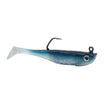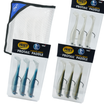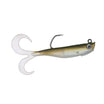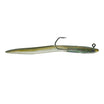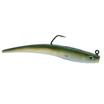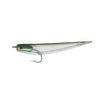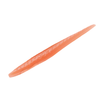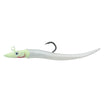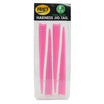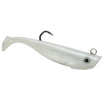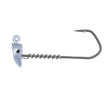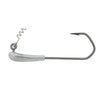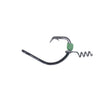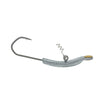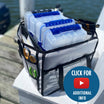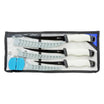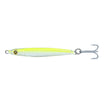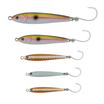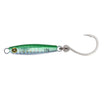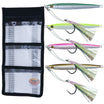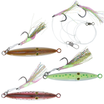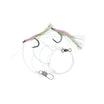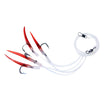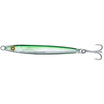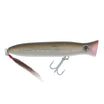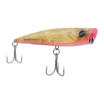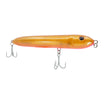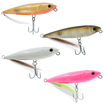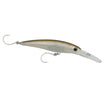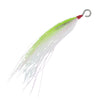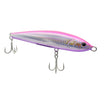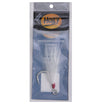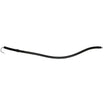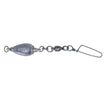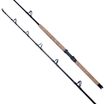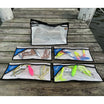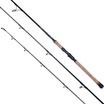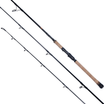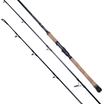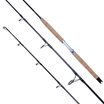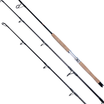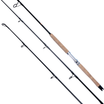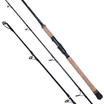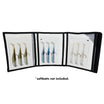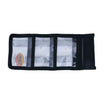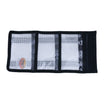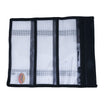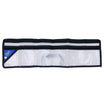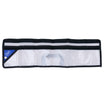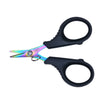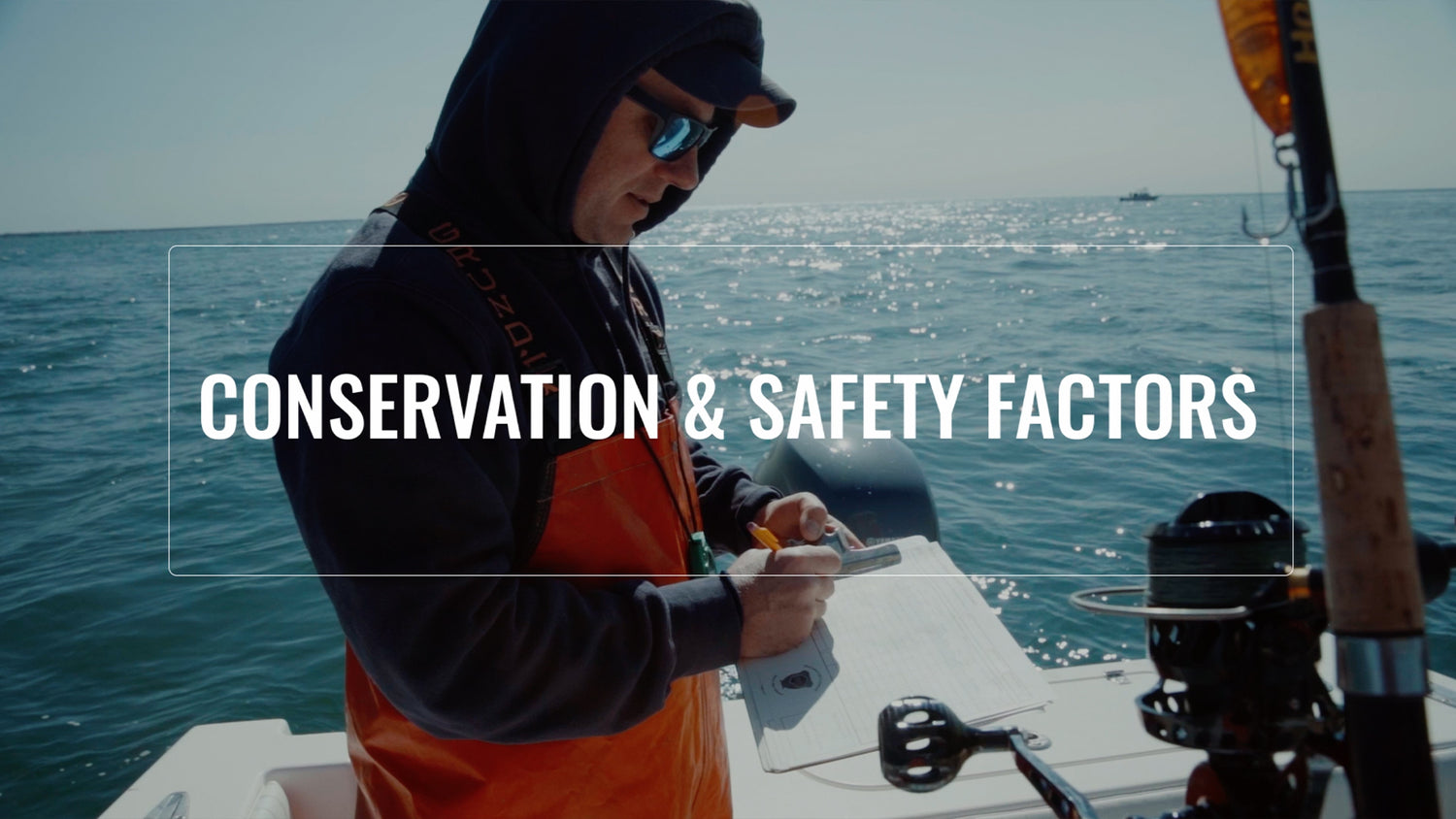A Deep Look at Hooks and Survival Rates of Striped Bass:
Here at Hogy and Salty Cape, we have been thinking about the ways we can better contribute to conservation of these awesome fish we chase each year. At Hogy, we have committed huge resources for a small company like ours to research and develop lures that kick ass for catch and release without sacrificing hook ups.
At Salty Cape, our in-house film production company, we have committed to educating on best release practices (including lure rigging) included in the popular fishing videos we regularly produce.
Some Background:
Here at Hogy, headquartered in Ma, have been so lucky to get to know the team at MA DMF and their efforts to study striped bass to provide sound, practical information on striped bass survivability. We have been a fan of these folks for years but most recently, the Ma DMF engaged us last year to help promote their citizen science program which engages recreational anglers to participate in field study of the survivability of striped mass. We made their instructional video in May of 2023 as well asl the follow up video for GotOne! App input introduction which made inputting the data 100 times easier. The study tracks:
- Lure Type
- Water Column Hooked
- Hook #
- Hook Type:
- Where the Fish was Hooked
- How long it was fought for
- Time out of the water
- How long it took to release
- How much blood.
- Quality of “swim away”
This information is extremely valuable because the MA DMF has incredible information based on years of precise research on what will likely happen to fish based on the combination of results on a catch after studying released fish acoustic and satellite tags. Obviously blood and swim vitality are intuitive to us non-scientists but what’s fascinating to me in the study is the quantifiable correlations they are finding with lure types, hooks and release times that could guide us both as anglers AND manufacturers on what pragmatic best practices would look like.
Hook Design and Fish Injury:
DMF Citizen Science Study recently shared with me some results provided by awesome anglers like you via the GotOne! App. As of May 28, 4777 fish had been logged to show this data, The study categorized the injuries based on the amount of blood observed (a little blood vs. a lot of blood). The results are as follows:
- Single Hook: Minimal injury with very few instances of significant blood loss.
- Treble Hook: Moderate injury, more than single hooks but less than combinations.
- Single + Single Hook: Higher injury levels with a noticeable increase in blood loss.
- Single + Treble Hook: Significant injury, showing the detrimental impact of combining hook types.
- Treble + Treble Hook: The highest injury levels, underscoring the need for redesigning lure hooks to reduce harm.
Handling Time and Fish Vitality:
Another critical aspect of our research involved analyzing handling time and its impact on fish vitality. Data from 4,277 fish indicated that prolonged handling significantly affects the swimming ability of released fish, categorized into weak and unable to swim:
- 0-20 Seconds: Least impact on fish vitality.
- 20-40 Seconds: Moderate impact, with some fish showing weakness.
- 40-60 Seconds: Increased impact, with a higher percentage of weak fish.
- 60-80 Seconds: Significant impact, with noticeable numbers unable to swim.
- 80-100 Seconds: The most considerable impact, correlating with high mortality or severe impairment.
This data reinforces the importance of quick, efficient handling and the role of simplified hook designs in reducing handling times, thereby improving the chances of released fish surviving and thriving.
2 Key takeaways in the study:
-
Time out of water Bad.
- A fish has to breath too!
- Larger fish more vulnerable to time out of water. Without the ability to breath quickly after landing, a fish’s cardiovascular system ability ability to recover from a long fight is diminished.
-
Just one hook is good.
- One hook has less time out of water to de-hook. As we log fish for MA DMF Study at Hogy and Salty Cape, it’s very apparent to me how much faster it is to de-hook just one hook vs two. Likely less than half the time on my boat, but I want to study that more before stating that as fact.
- Fewer opportunities to hook fish in dangerous places. Often stripers hook up on the front hook with the second hook snagging onto the fish during the battle. Sadly, this second hook is near high blood areas of the “chin” of the fish and perhaps more importantly the fish’s gills which are very complex and delicate organs.
These findings underscore the necessity of our new lure designs here at Hogy as well as our peers in the industry focusing on a single (qty of 1) J-Style or treble hook to minimize injury while maintaining lure efficacy.
J-Hooks Vs Trebles:
There’s often a debate between J-Hooks and Trebles. Our Hook # 1 program launch is based on preliminary results from MA DMF’s study in conjunction with anglers like you that shows that for lures, double trebles do a great deal of physical damage to striped bass. Two single hooks are next for overall mortality. The predicted mortality for a treble/treble is 8.1%. For a single/single it is 4.4%. However, removing one hook gets you to a mortality rate of about 3%, which is a dramatic decrease in striped bass release mortality. Source ASGA
The data is still coming in, and its accuracy will increase as more and more anglers of differing experience levels and fishing styles and methods contribute to the study. While I know that I am not a trained data scientist I feel like it is very safe to say that by switching from two treble hooks on a plug, to one singular treble you’ll reduce fish injuries by 50%.
Hogy R&D:
Field Injury Results:
Since our direct involvement in this MA DMF Citizen Science Study Began, Team Hogy and Salty Cape have been paying keen attention as we log fish and catch and release stripers. For example, of the 50+ unique stripers we specifically photoed and videoed on shoots this year since switching to just one hook in the #1 spot (front placement) in our videos:
- We have not experienced any serious blood loss.
- We Experience 0 gill snags.
- 100% of catches were mouth-caught
- Each of our fish swam away at the highest vitality level.
- In watching past Salty Cape and Hogy Videos prior to fishing with just one hook in 2022, most fish landed hooked first on the front hook, and secondarily on the “aft hook” sometimes dangerously around the gills and eye. Admittedly, we edited out some of the barbaric gill snags.
Hogy Hook Up Ratios:
- We have not noticed any discernible hook up ratio changes with just one #1 hook.
- We have noticed significantly faster release times.
- We lost only two fish we attribute to mashing barbs down.
Sure, my sample size is absurdly too small to be conclusive not to mention I am just one angler with results likely biased based by my angling experience, lure makes and models, locality etc. Happily though, my results track to the findings of Ma DMF’s study which is very encouraging to me. That said, I do know we need a wide range of diverse anglers using different lure styles and techniques in different bodies of water to attain the best data.
For more Information and Participation
ASGA Interpretation of the Data

